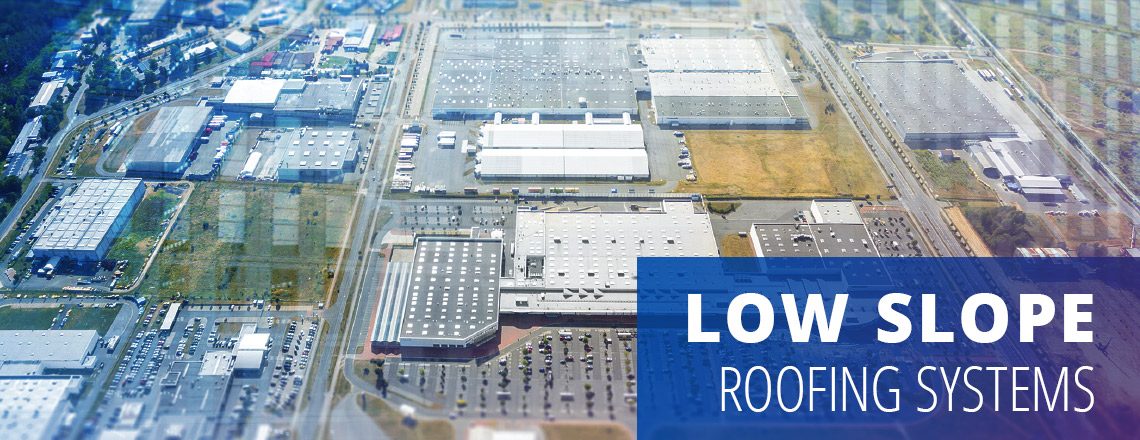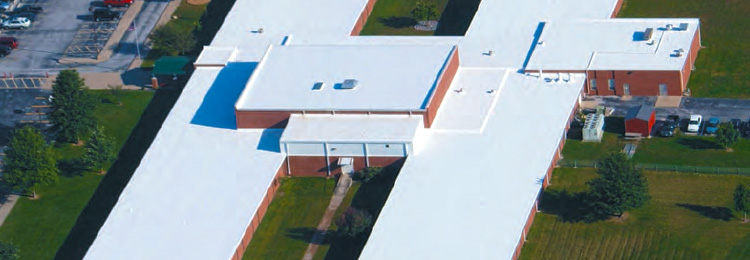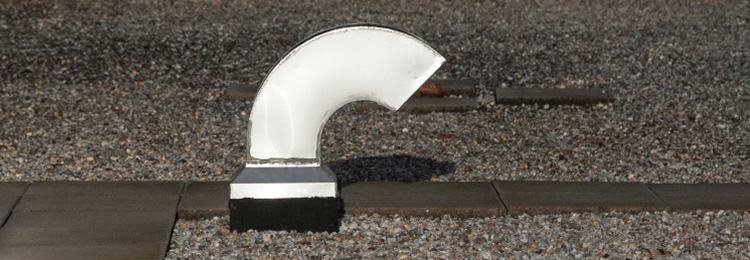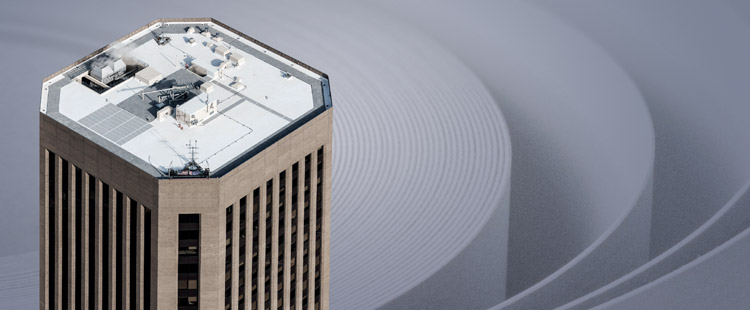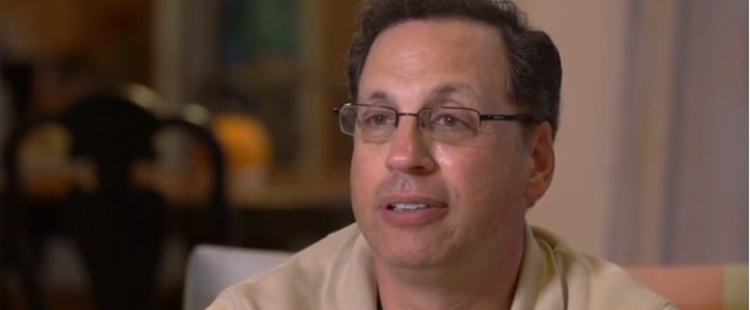Roofing Annex Performs Maintenance, Service Calls, and Full Replacement on the Following Low Slope Roofing Types:
TPO
Thermoplastic polyolefin (TPO) and polyvinyl chloride (PVC) roofing are two types of thermoplastic single-ply membrane roofing, deliver excellent weathering ability and long-term strength and flexibility. In addition, they offer excellent puncture and tear resistance and superior reflection of the sun’s rays. They are also a more economical choice when compared to built-up roofing systems, making TPO and PVC prime choices when an energy-efficient, low-cost roofing system is required.
Other TPO Benefits Include:
- 3 Step Installs save time and money
- Heat Welded seams are 4 times stronger than other methods used with TPOs and EPDM
- Color Options are available from GAF
- Easy Repairs are just cutting and welding
- Fantastic Longevity of 30+ years
- Great Warranties from GAF
Modified Bitumen
Modified bitumen roofing is asphalt-based and is a close cousin of the built-up roofing designed for buildings with low-slope or flat roof structures. There are numerous surfacing options for this system, including a factory-applied mineral surface, a gravel surface, and highly reflective “cool roof” coatings that help save on building cooling costs.
Major modified bitumen repairs we make in Ohio involve priming the membrane and then patching with a modified bitumen material that is 8 inches wider in all directions, with 3-inch radius corners. Depending on the modified bitumen roof membrane type, the patch can be applied hot or cold, or it can be torched down. The majority of styrene-butadiene-styrene modified bitumens today are compatible with hot asphalt. Atactic polypropylene modified bitumens can be patched with a hand torch or compatible cold adhesives.
EPDM
Ethylene propylene diene monomer roofing, commonly referred to as EPDM or thermoset single-ply membrane, is an extremely durable synthetic rubber roofing membrane that has demonstrated superior weathering ability through a wide range of temperatures and conditions over the past 40 years.
EPDM continues to be a top choice of architects, roof consultants and contractors for both new construction and roof replacement projects in the Cincinnati and Dayton areas.
Emergency repairs of both thermoset and thermoplastic roofs are often made with duct tape, roofing tape, peel-and-stick seam tapes, polyethylene sheets, or butyl or polyurethane sealants, depending on the size and severity of the damage. We don’t use liquid or pourable asphalt repair products on single-ply membranes. Permanent repairs usually involve resealing or re-welding large areas of open seams and/or applying professionally installed patches made of the same membrane type. This typically involves a thorough cleaning and priming of the surface to be patched.
Built-Up Roofs (BUR)
One of the most popular kinds of commercial roofing systems used throughout Ohio is a built-up roof made to withstand adverse weather conditions. Its layered configuration makes it virtually impenetrable to water. Built-up roofs are relatively low maintenance and can be easy to repair. Over their life span, they are arguably inexpensive.

